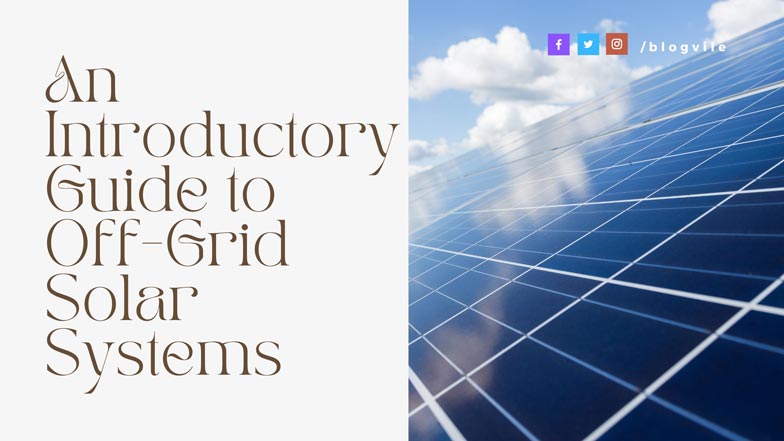Off-grid is the only way to go for solar power users who want total energy independence. But just like becoming a fully-fledged adult, that independence comes with many requirements. You must ensure all the necessary equipment is in place and your system is appropriately sized, or else you’ll end up going without power regularly. What to learn more about the requirements for building an efficient off-grid solar system? Keep reading for an introductory guide to this type of solar power system.
What Equipment Do You Need?
The equipment requirements for an off-grid solar system are almost identical to those for a grid-tied or hybrid system. You’ll need all of the following to build your system:
- Solar panels
- Solar charge controller
- Solar inverter
- Panel mounting and racking system
- Wiring
- Junction boxes
All of this equipment is pretty standard for all solar power systems. The one area where off-grid systems differ in equipment requirements is related to backup energy sources. Because grid-tied and hybrid systems are connected to the city power grid, they can function day and night without another backup power source; that’s because the grid acts as their backup power supplier, keeping the lights on when the sun goes down. Without the grid, you’ll need another source of energy—or 2.
The best option for backup power is a solar battery bank for most off-grid systems. Battery banks allow you to store excess solar energy as it’s generated throughout the day, so you can use it later when your panels stop producing electricity. In most instances, an appropriately sized battery bank will be sufficient to keep the power on at night. However, if you have extended periods of cloudy weather, it’s a good idea to have a secondary backup power source, just in case your batteries run out of expendable energy. The most popular choice here is a generator, which can be powered by propane, gasoline, and other fuels.
How to Size Your Off-Grid System
Appropriately sizing your solar power system is essential for all system types. However, for grid-tied and hybrid systems, the consequences of an undersized system are not as drastic as they are for an off-grid system. If you’re tied to the grid, and your energy consumption is regularly exceeding your energy production, your inverter will pull the additional energy needed from the grid. But in an off-grid system, if you’re using more power than you make, you’ll find yourself constantly dealing with power outages—even in the daytime. It’s vital that you size all of your equipment appropriately to prevent this from happening.
How do you do that? The process is pretty simple if you’re currently tied to the grid: Look at your monthly power bills to determine your average electricity usage in kilowatt-hours. Once you have that measurement, it’s a good idea to go about 10% bigger to accommodate any system inefficiencies.
If you don’t have that option, you’ll need to perform a load evaluation, either on your own or with the help of a solar professional. This involves calculating all of the following:
- Total electricity usage needs – List out all of your appliances and how many hours a day you use each of them. This tells you the power consumption for each device. Add it all up to get your total power consumption for a day.
- Instantaneous load requirements – You’ll also need to use those numbers to calculate how much power you might need when running multiple appliances simultaneously.
- Battery storage capacity – Now, you’ll need to calculate how much battery storage you need. Typically, you want enough to meet at least one day’s energy needs, but it’s far better to have 2 or 3 days of storage capacity.
With these calculations completed, you can now start designing your system. Those calculations will help you to buy the three primary components of your off-grid system—solar panels, solar inverter, and battery storage—in an appropriate size to meet your energy needs.
How Much Will Going Off-Grid Cost?
The exact cost of installing an off-grid solar power system will vary depending on many factors, with the primary factor being your total energy consumption. If you’re looking to reduce the cost of your off-grid system, you should work on reducing your energy consumption first so a smaller system (aka, less equipment) can meet your power needs.
It is worth noting that an off-grid system will always be more expensive than a comparable grid-tied system. This is because solar battery banks (especially ones large enough to power your home for 2 or 3 days) are quite expensive. You can expect your solar power storage to make up roughly half of your total equipment costs in an off-grid system.
Now that you have a basic understanding of building an off-grid solar system, you can start looking for the equipment you need to achieve energy independence.
